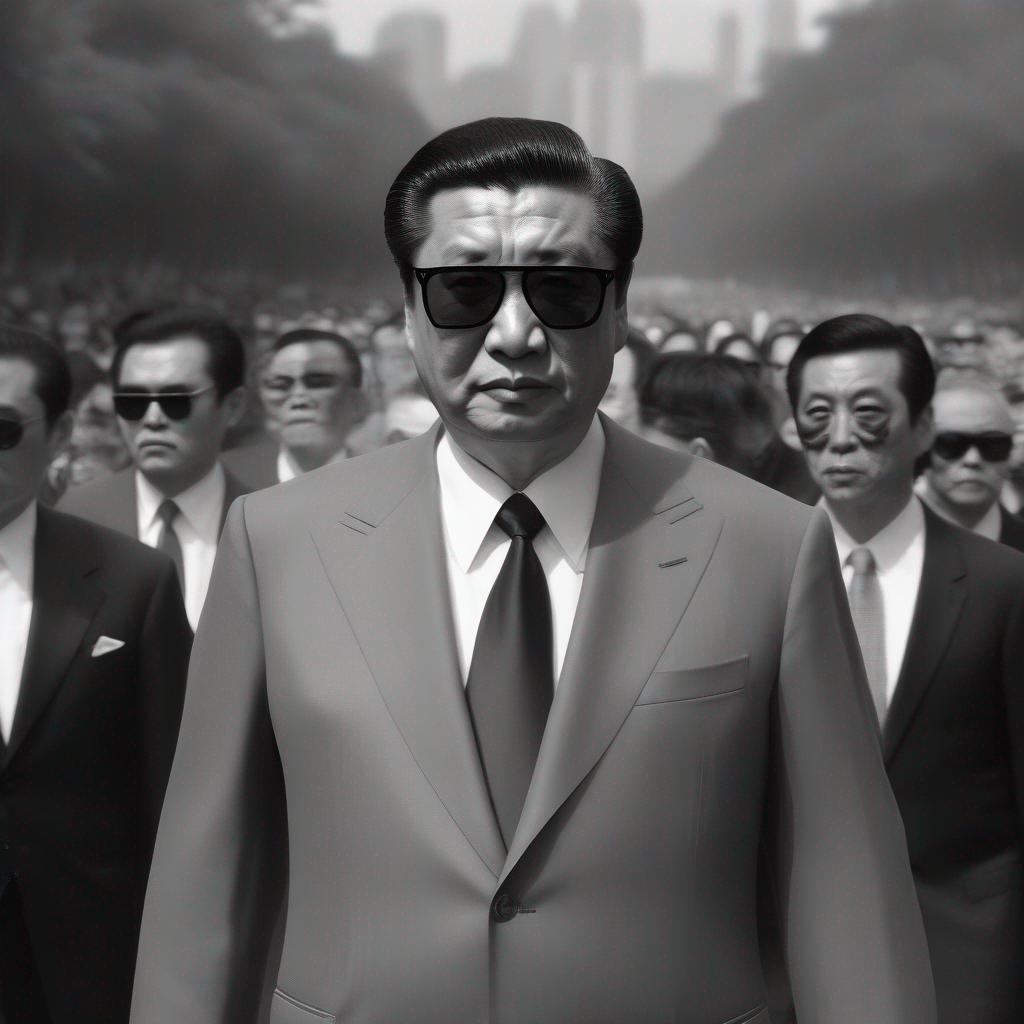Hi comrades, what do you think of my routine?
shoulder press 3x10 25kg chest press 3x10 25kg incline press 3x10 20-25kg seated dip 3x10 30kg biceps curl each arm 10kg 3x10 total arnold pose 3x10 7.5kg biceps curl with iron rod 20kg 3x10 middle chest 5x8 10kg leg press 3x10 20kg mid row 3x10 35kg lat pulldown 3x10 35kg
I go three times to the gym per week. I’m getting noticeable improvements lately, wondering if I can do any improvements. No splits at the moment.


Thanks for tagging me. I don’t only do nutrition 😁
I’m still a proponent of the “muscle building routine” (yes that’s what it’s named) which is in my fitness guide which I think chay is aware of. It’s a bit long, I’ve actually cut it down in my own training, but the foundations are solid. But at their stage there’s nothing wrong with doing full-body (to address other comments I’ve seen), it’s good to get an idea of what exercises they like most and learning to do them well. If they’re still in newbie gains it’s actually a very good idea to do full body.
Onto your suggestions more specifically, I can offer some pointers. Food, water, exercise and SLEEP. That’s when your muscles get repaired. Sleep is probably the first factor.
All supplements are taken from natural sources, they’re not things we can readily synthesize (I actually had this conversation with a colleague the other day, they want to take everything “natural” and I said all we do is isolate the important part from a natural ingredient). Pea protein from example is still taken from real food; keep in mind whey protein is not straight whey, the protein was mechanically extracted from the whey (and the whey itself was chemically isolated from the milk through enzymes in the cheese-making process).
The good part of whey protein is that it contains all essential amino acids. But ideally you should still try to get all your protein from “normal” food, which is achievable with a calorie and macro tracking app.
For back and legs, they are BIG muscles. Legs actually take longer to grow, but have the potential to grow bigger than other muscles. Your back should be treated as one giant muscle so imagine all the area you have for growth there. Also working the posterior chain and the back in general is important; we tend to focus only on the front because that’s what we can see, but your back also plays an essential role in your body (we wouldn’t have evolved one otherwise).
In general the focus should be on compounds -> “side” -> isolation. Compounds like the bench press, squats and deadlifts target many muscles with more or less intensity, and that’s what a routine should start with. Then move on to “side” exercises which target “biggish” groups (e.g. lats) as well as the smaller groups (eg the lat pulldown will work your lats first, but then also your shoulders, other parts of the back, and the biceps in a lesser capacity). Finish with isolation on the smallest muscles like ab/adductors, biceps, triceps, deltoids, etc.
It seems it doesn’t really matter, and if you train for slow reps you’ll become better at slow reps, and if you train for fast reps you’ll become better at fast reps. But growth seems to be the same for both rep speeds. However it’s still important to control the negative.
I think this makes sense mathematically. You train big muscles = you expend more calories. They also need more nutrients and energy to repair however whether that results in increased calorie intake (certainly can increase feelings of hunger) I can’t say as I don’t know enough to say.
I remember looking at your guide actually. It was helpful. Might have to have a refresh.